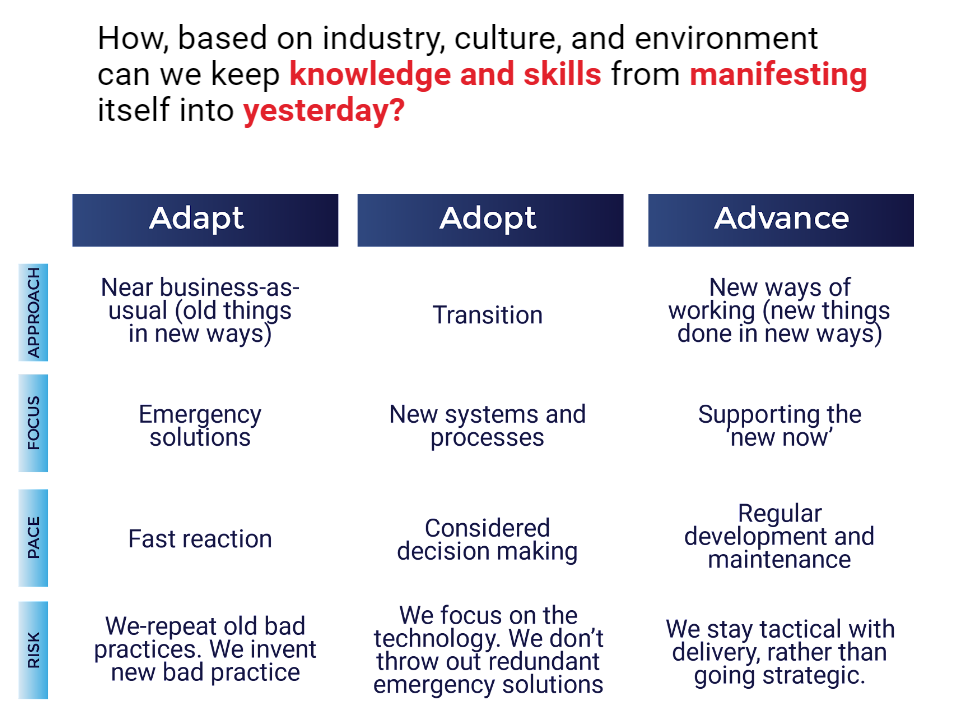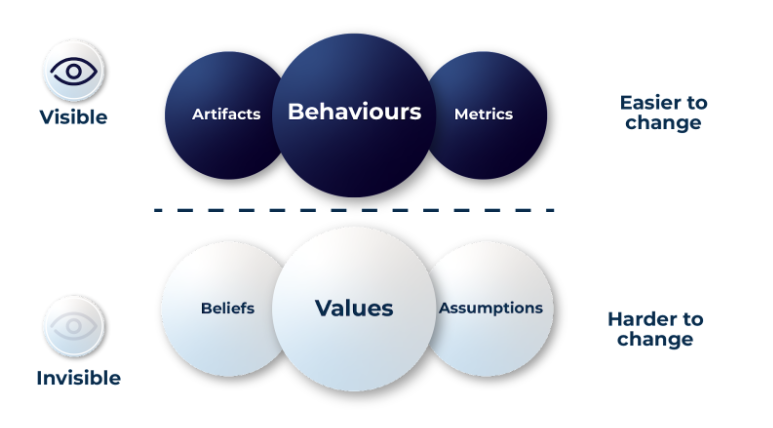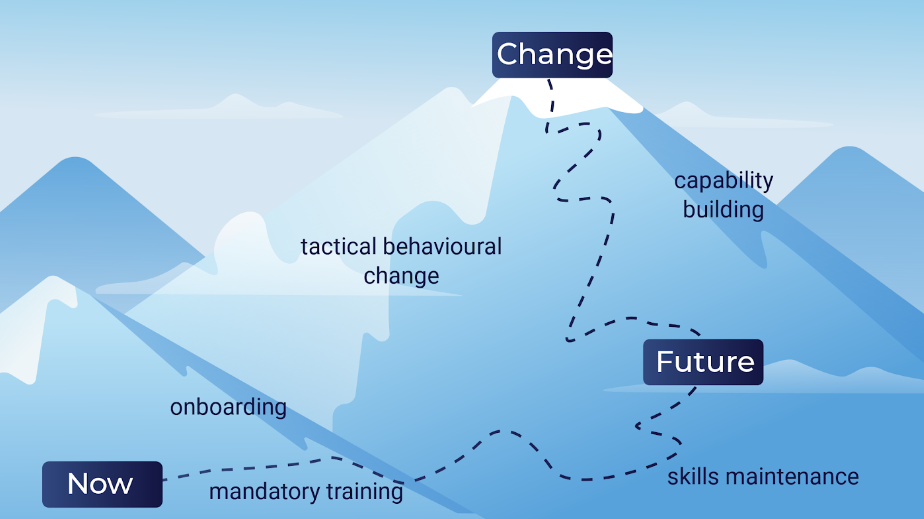
Understanding the Sunk Cost Fallacy in Learning and Development
The sunk cost fallacy is a pervasive issue that can significantly influence decision-making in various business sectors, including Learning and Development (L&D) and HR. This cognitive bias occurs when individuals or organizations continue to invest time, money, or resources into a project or initiative due to the substantial amount already spent, rather than considering the future value or potential outcomes. In the context of L&D, this fallacy can lead to suboptimal decisions that hinder the transition of performance and the overall effectiveness of eLearning initiatives.
Manifestations of the Sunk Cost Fallacy in L&D
In the realm of L&D, the sunk cost fallacy often manifests when an organization continues to use outdated or ineffective eLearning platforms and materials simply because they have invested heavily in them in the past. This attachment to past investments can overshadow the objective assessment of whether the current tools are meeting the learning needs and performance demands of the organization. As a result, L&D professionals may delay the adoption of more effective methodologies or technologies that could enhance learning outcomes and improve performance. Oftentimes in the corporate domain, decisions are in fact hindered by executives and not the L&D professional. Context and solutions to this are underpinned by an L&D professional’s journey to influence strategic business objectives due to a lack of results of impact. It’s a catch 22. But the real catch is not repositioning current training spend to be more effective, don’t append your budget just spend wisely.

Challenges in eLearning Vendor Selection and Content Management
The eLearning vendor industry is not without its challenges, which can be exacerbated by the sunk cost fallacy. For instance, organizations might persist with a learning management system (LMS) that lacks mobile distribution of learning, catering for QCTO or SETA requirements or even just plain and simple unclunky and user-friendly interfaces, simply because they have spent considerable resources on legacy implementations. The impact leads to low learner engagement, poor retention rates, and ultimately, a delay in the transition of performance.
Leveraging Data and Analytics for Informed Decision-Making
Another common challenge is the reluctance to update or replace content that is no longer relevant or effective. Organizations may continue to offer the same training modules year after year, despite clear evidence that learners are not gaining the skills or knowledge required to advance in their roles. This resistance to change can be attributed to the sunk cost fallacy, as decision-makers focus on the resources already expended rather than the potential benefits of investing in content refreshments, maintenance and updates using analytical insights. Where is the improvement?

A Forward-Looking Approach to Learning Investment
The eLearning industry provides valuable insights into the impact of the sunk cost fallacy on L&D decision-making. Research and case studies have shown that organizations that overcome this bias are more likely to adopt innovative learning solutions that cater to the evolving needs of their workforce. By prioritizing the future value of L&D investments, these organizations experience a more rapid transition of performance, with learners quickly acquiring and applying new skills. Moreover, the industry has observed that data-driven decision-making can help mitigate the effects of the sunk cost fallacy. By leveraging analytics and learner feedback, L&D professionals can make informed decisions about when to pivot away from underperforming initiatives and invest in more effective solutions.
Cultivating a Culture of Continuous Learning and Improvement
The key takeaway for L&D professionals is that the sunk cost fallacy can significantly delay the transition of performance within an organization. To overcome this, it is crucial to adopt a forward-looking approach that evaluates the potential return on investment of L&D initiatives, rather than being anchored to past expenditures. Focus on training improvement iteratively. By doing so, organizations can ensure that their eLearning strategies are aligned with their performance goals and are responsive to the changing needs of their learners and business dynamics. In conclusion, recognizing and addressing the sunk cost fallacy is essential for making strategic L&D decisions that foster a culture of continuous learning and improvement. By focusing on the future benefits of L&D investments and embracing a culture of innovation and adaptability, organizations can enhance their eLearning offerings and accelerate the transition of performance across their workforce.





